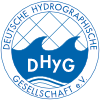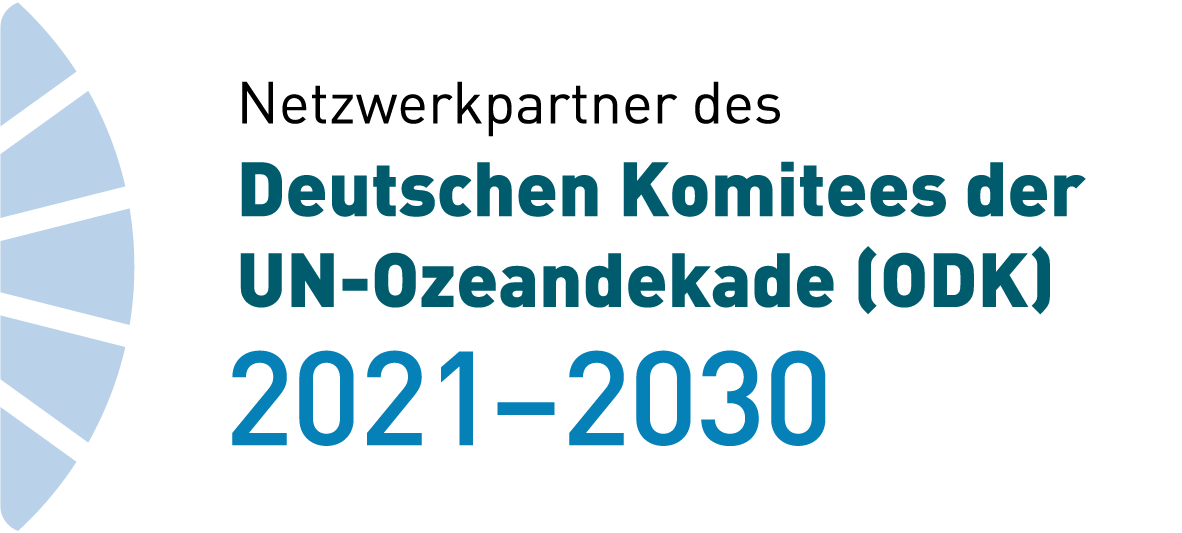Nutzung von Fernerkundungsdaten für ein Monitoring von Flachwasser- und Strandbereichen von Küsten
Sachstand und Ausblick
Wir stellen ein satellitenbasiertes Monitoring von Küstenhabitaten vor, welche den Strandbereich (angelandetes Makrophyten-Treibsel) wie die benthischen Lebensräume im Flachwasserbereich (vor allem Seegras und gemischte Seegras-Algen-Habitate) umfasst. Um die unterschiedlichen räumlichen Ausprägungen der Habitate optimal erfassen zu können, kombinieren wir eine auf Sentinel-2-Daten basierende Flachwasserkartierung mit einer räumlichen Auflösung von 10 m mit einem Klassifikationsansatz für angelandetes Makrophyten-Treibsel mit Hilfe von PlanetScope-Daten (räumliche Auflösung < 4 m). Im Vergleich zu konventionell kartierten Flächen weisen beide Ansätze hohe räumliche Genauigkeiten auf, was eine wichtige Grundlage für ein belastbares Monitoring darstellt. Am Beispiel eines Untersuchungsgebietes an der schleswig-holsteinischen Ostseeküste zeigen wir die Vorgehensweise und die Möglichkeiten, die zurzeit verfügbare Sensoren erlauben. Basierend auf diesem Sachstand, werden künftige Entwicklungen angesprochen, welche die Erfassung von weiteren benthischen Habitaten (z. B. Muschelbänke) sowie die Kombination mit hydroakustischen Daten zur Erfassung von benthischen Habitaten in größeren Wassertiefen ermöglichen werden.
Satellitendaten | Flachwasserhabitate | Seegrundkartierung | Seegraswiesen | Makrophyten-Treibsel | Sandstrand
We present a satellite-based monitoring of coastal habitats, which includes the beach area (landed macrophyte drift) as well as the benthic habitats in the shallow water area (mainly seagrass and mixed seagrass-algae habitats). In order to optimally capture the different spatial characteristics of the habitats, we combine shallow water mapping based on Sentinel-2 data with a spatial resolution of 10 m with a classification approach for landed macrophyte driftwood using PlanetScope data (spatial resolution < 4 m). Compared to conventionally mapped areas, both approaches show high spatial accuracies, which is an important basis for robust monitoring. Using the example of a study area on the Baltic Sea coast of Schleswig-Holstein, we show the approach and the possibilities that currently available sensors allow. Based on this state of affairs, future developments will be addressed, which will allow the detection of further benthic habitats (e.g. mussel beds) as well as the combination with hydroacoustic data for the detection of benthic habitats in greater water depths.
satellite data | shallow water habitats | seabed mapping | seagrass beds | macrophyte driftwood | sand beach


